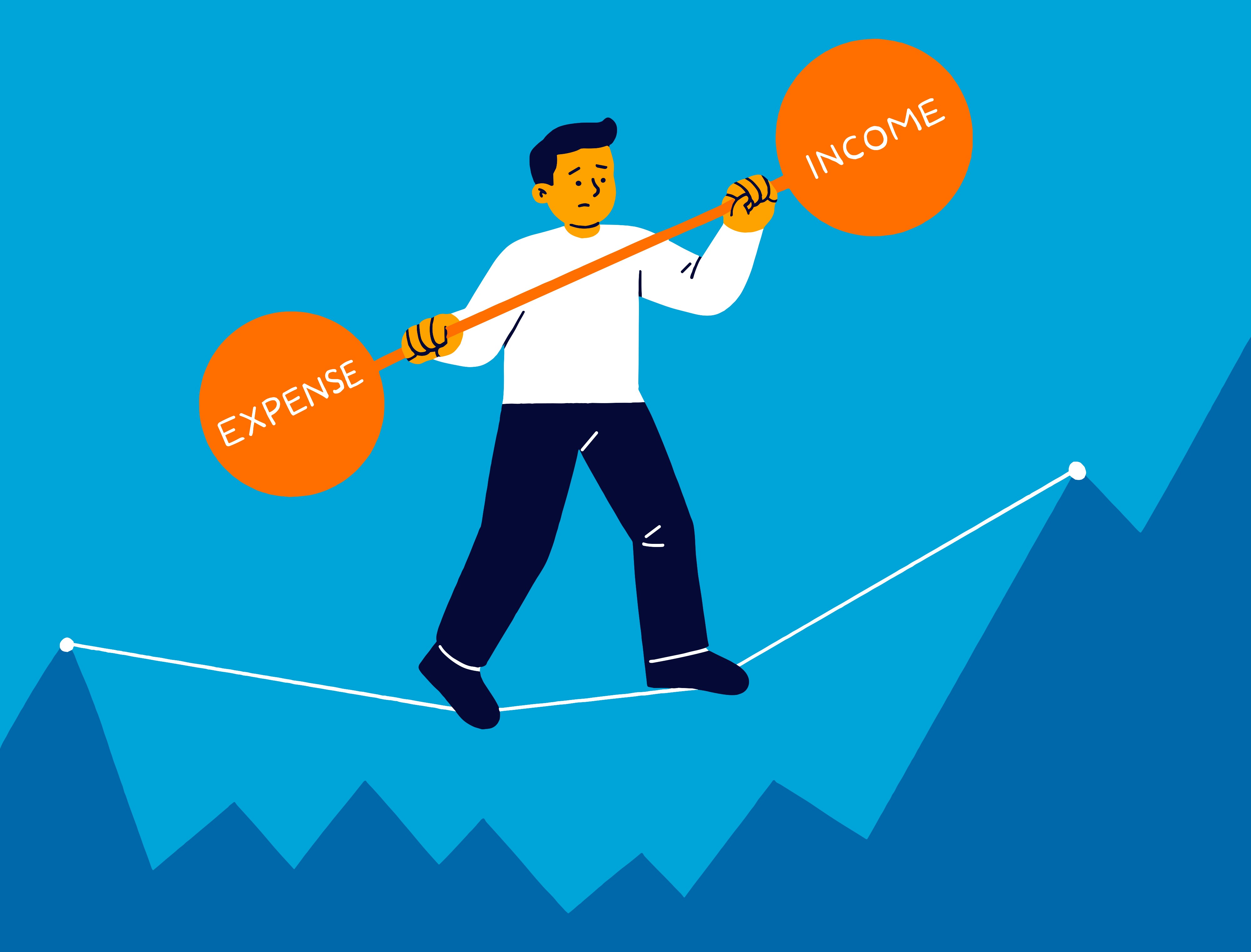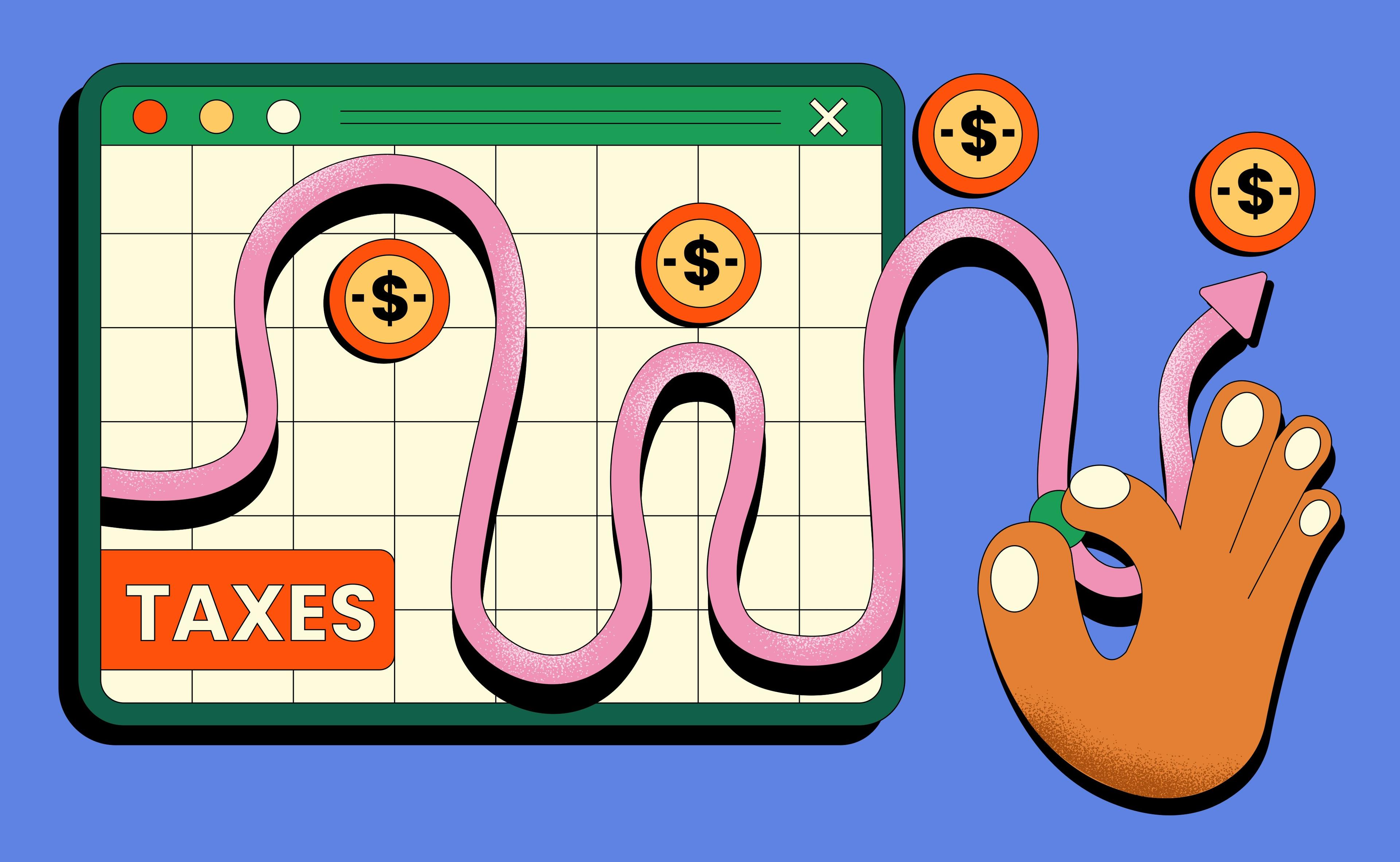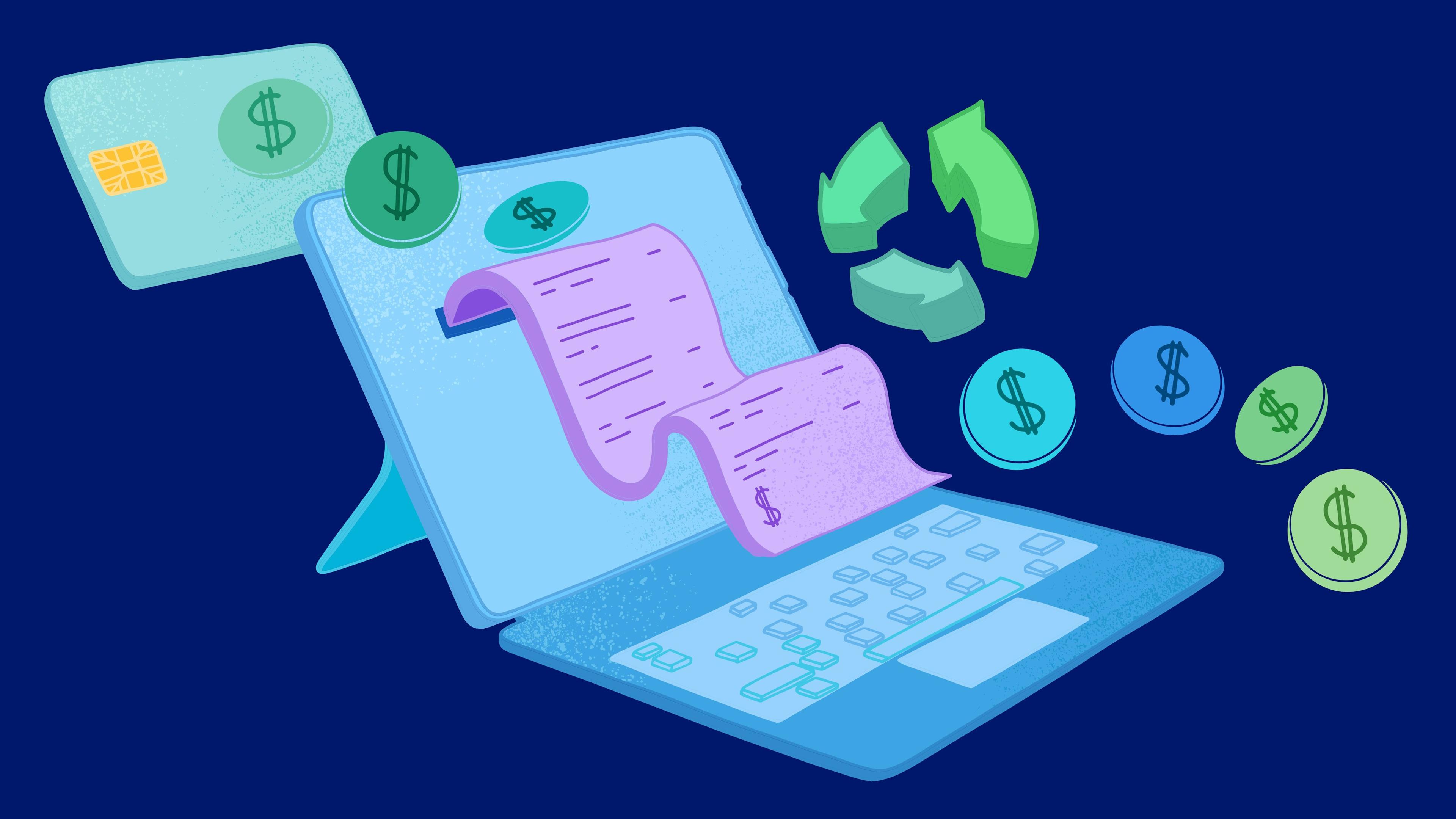Approaching retirement with both outstanding debt and a 401(k) balance that feels too small is more common than most people like to admit. In earlier decades, it is easy to assume there will always be time to save more later. Work feels stable, paychecks come in, and retirement is still a distant milestone. By the time someone reaches their late forties or fifties, that distant milestone has moved uncomfortably close. The number of years left to earn, save, and let investments grow has shrunk, while mortgage balances, credit cards, or education loans may still be present in the background. The question quickly turns practical. For every extra dollar that can be freed up from the monthly budget, should it be used to pay down debt or to boost 401(k) contributions.
The tension between these two goals can feel like a judgment on past decisions. It is easy to think in moral terms and label oneself as either good with money if debts are low or irresponsible if both balances and future goals look messy. In reality, the trade off is not about virtue. It is about managing risk across both sides of a personal balance sheet, given the time that remains until retirement. When the decision is broken down into clear factors, it becomes less about guilt and more about strategy.
A central piece of that strategy is understanding which debts truly compete with your 401(k). Not every loan or balance deserves the same urgency. High interest consumer debt such as credit card balances, personal loans, and certain installment plans often charge interest rates in the mid to high teens. If those balances roll from month to month, the cost can quietly outpace the long term returns you might reasonably expect from a diversified investment portfolio. For someone in their fifties, there is less time for investment gains to smooth out bad years, but there is always a guaranteed cost when interest compounds at double digit rates. In that sense, each dollar used to reduce those balances acts like a risk free return comparable to the rate being charged.
In contrast, long term, low interest loans look different. A fixed rate mortgage at a modest rate or a federal student loan with an income based repayment plan behaves more like a predictable part of the monthly budget than a financial emergency. It still matters, and the psychological weight of a large outstanding balance can be heavy. Yet the economic trade off is less extreme, because these debts do not generally erode wealth at the same speed. The key question late in a career is whether the interest rate you are paying on a particular debt is likely to be higher, over time, than the after tax return you reasonably expect from your retirement investments. If the answer is yes, that debt is a strong candidate for accelerated repayment. If the answer is no, it may be possible to live with it for longer while strengthening retirement savings.
Before comparing extra payments and extra contributions, there are a couple of non negotiables that sit outside this trade off. The first is the requirement to make minimum payments on every debt. Falling behind on these obligations can trigger late fees, higher penalty rates, and damage to your credit profile. Skipping minimum payments in order to invest more in a 401(k) is rarely a wise move, because any potential investment gains can be overshadowed by the cost of delinquency and the stress of collection activity. Staying current on all obligations is the baseline from which all other planning begins.
The second non negotiable for many workers is the employer match on 401(k) contributions. In many plans, contributing a set percentage of pay unlocks an additional amount from the employer, such as fifty cents for every dollar contributed, up to a certain level. This match is effectively an immediate, guaranteed boost to your savings that few other financial moves can replicate. Even if you are juggling debt, it is difficult for extra repayments to consistently outperform the combined effect of an employer match and the potential long term growth inside a tax advantaged account. That is why many financial planners treat contributing enough to secure the full match as a default recommendation, even when high interest debt still exists.
Once minimum payments are made and the match is captured, the order of priorities becomes more nuanced. Time is now the scarce resource. In your twenties, a modest monthly contribution might grow dramatically over four decades. In your fifties, there are fewer years for compounding to work and fewer high earning years left to correct missteps or absorb unexpected shocks. A practical way to approach this is to rank your available options by the impact they are likely to have per dollar, while also considering the risks they reduce.
Very high interest unsecured debt almost always belongs at the top of this list. Each extra payment that reduces a balance charging, for example, 17 percent interest is mathematically powerful. Eliminating such balances can improve cash flow, reduce stress, and free up money that can later be redirected into retirement accounts. Once those expensive debts are under control, the focus can shift to whether current 401(k) contributions are sufficient for the income level you want in retirement. At this stage, retirement calculators, projections provided by your plan, or a consultation with a financial professional can help you estimate whether your current savings path aligns with your intended retirement age and lifestyle.
Medium interest debts such as many car loans or certain personal loans occupy a middle ground. Their rates may be higher than a mortgage but lower than typical credit cards. Here the decision becomes more sensitive to personal preference and risk tolerance. If the payment schedule is manageable and you are behind on your retirement targets, you might decide to keep paying these loans on schedule while directing more of any surplus into your 401(k). If they feel like a strain on your monthly budget, you may prefer to accelerate them before ramping up savings further.
It is natural to dream of entering retirement entirely debt free and to attach a sense of security to that image. From a numbers perspective, however, there are compelling reasons why many late career workers may want to give more attention to their 401(k) once the worst debts are handled. One reason is that catch up contribution limits in your fifties allow you to put more into your plan than earlier in your career. These higher limits exist only for a limited window. Once you retire or scale back work, your ability to take advantage of them may disappear. You can always choose to send extra money to a low rate mortgage later, but you cannot easily go back in time to reclaim unused years of higher tax advantaged contributions.
Tax treatment is another factor. Contributions to a traditional 401(k) usually reduce taxable income in the year they are made, which can be valuable if you are in a relatively high tax bracket. Investment growth inside the account is sheltered until withdrawal. Extra payments on debt, by contrast, do not usually receive the same tax benefits, particularly now that many households receive limited value from mortgage interest deductions. This means that in some cases, every additional dollar directed into your 401(k) may deliver more long term benefit than the same dollar used to slightly speed up payments on low interest debt.
There is also the practical reality of retirement cash flow. A paid off home with very little in retirement savings can still leave you struggling to cover basic expenses if pensions, Social Security, and other income sources are modest. A more robust 401(k) balance, even with some remaining low rate debt, can offer more flexibility. You may decide to coordinate final debt payments with planned withdrawals or use a portion of lump sum distributions to clear remaining balances. The important point is that a stronger retirement portfolio gives you options that a debt free status without adequate savings cannot always provide.
Despite these arguments, there are still situations where debt should take the lead, even late in your career. Variable rate loans carry the risk of future increases in interest costs, and that uncertainty can be uncomfortable when you are approaching a stage of life where your ability to earn more is limited. Paying down or refinancing such debts can stabilize your monthly obligations and reduce the risk that you will be forced to cut retirement contributions sharply in response to rising payments. If your total monthly debt payments already consume a large share of your income, the vulnerability is even higher. In that case, using extra cash to bring those payments down, refinance into more manageable terms, or clear select balances can strengthen your position and create space for steadier 401(k) contributions later.
Emotional comfort also matters. Some people simply cannot relax while carrying certain kinds of debt, particularly unsecured balances. That discomfort is not irrational. It can serve as a signal that the risk level feels too high for your stage of life. The challenge is to respect those feelings without letting them completely override long term considerations. One compromise is to adopt a blended approach, where a portion of any surplus cash goes toward accelerated debt payments and another portion steadily increases 401(k) contributions each year. This way, you make visible progress on both goals and reduce the chance that either side is neglected.
Turning these ideas into an actual plan means writing down some numbers. Begin by listing all debts, including balances, interest rates, and minimum payments. Identify where the employer match threshold sits in your 401(k) and ensure your current contribution rate reaches that level. Review your projected retirement needs using the tools available to you, and consider whether you are clearly ahead, on track, or lagging behind. With this picture in mind, decide how you want to divide any extra dollars beyond your regular obligations.
One practical method is to increase your 401(k) contribution rate just enough to capture the match, then dedicate a set monthly amount to eliminating high interest debt. Any windfalls, such as bonuses or tax refunds, can be split according to a simple rule you choose. For example, you might send half to debt, a quarter to retirement, and a quarter to an emergency fund until that fund reaches a comfortable level. As high interest balances are eliminated, you can redirect the payments you used to send to those accounts into your 401(k), effectively giving your retirement savings a steady series of raises over time without tightening your current lifestyle further.
Throughout this process, it helps to remember that the balance between debt repayment and 401(k) contributions is not a decision you make once and never revisit. Interest rates change, incomes rise or fall, family responsibilities evolve, and markets move. Reviewing your plan every year or two allows you to adjust as your situation changes. When debt has shrunk and retirement savings have grown, you might decide to lean more heavily into one side or the other. If the picture becomes more complex than you are comfortable analyzing alone, seeking guidance from a qualified financial professional can provide structure and reassurance.
In the final years before retirement, the goal is not to find a perfect equation, but to make deliberate choices that align with your priorities and constraints. By distinguishing between high and low impact debts, securing the full value of any employer match, and gradually increasing 401(k) contributions as obligations fall away, it is possible to construct a path that honours both the need to reduce financial risk and the need to build a sustainable future income. Instead of feeling forced to choose between being debt free or retirement ready, you can recognize that a thoughtful mix of both aims is often the most realistic and resilient course.














